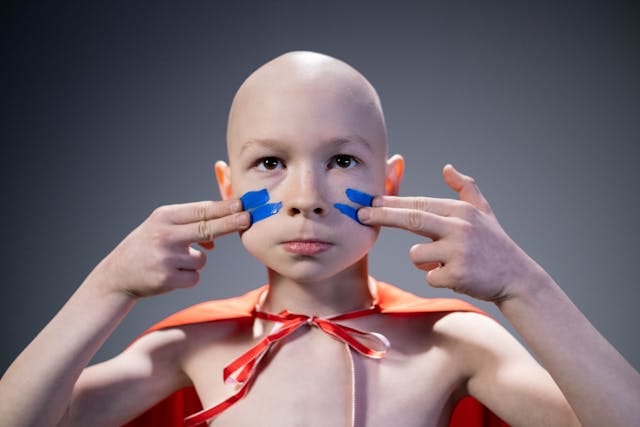
For those who suffer from alopecia and those close to them, understanding the condition is crucial. Understanding alopecia may greatly impact how it’s treated, whether you’re dealing with hair loss yourself or are helping someone who is. Effectively navigating the intricacies of alopecia requires the application of several tactics. Gaining a better understanding of this illness can help you control alopecia with confidence by enabling you to adopt informed decisions and preventative steps.
Identification of Alopecia Symptoms:
Alopecia symptoms include recognizing different indications of hair loss. Patchy hair loss, in which tiny, rounded bald patches develop on the scalp or other areas of the body, is one typical symptom. Alopecia totalis, or total loss of hair, is another condition that can happen and cause the entire scalp to be hairless. Alopecia may also be indicated by changes in hair texture, such as thinning or brittleness. These symptoms may come on gradually over time and range in strength. People can proactively seek medical examination and potential treatment options for alopecia by being aware of these signs. An early diagnosis is essential for efficient care.
Seeking an Expert Diagnosis:
Getting a comprehensive evaluation starts with seeing a dermatologist, a doctor who specializes in skin issues. Dermatologists can determine the type and degree of alopecia by a variety of diagnostic procedures, such as blood testing, scalp biopsies, and physical examinations. In order to prevent hair loss and encourage regeneration, early detection is crucial since it enables timely intervention and management techniques. People with alopecia symptoms must give top priority to making an appointment with a healthcare professional in order to obtain a prompt diagnosis and customized treatment recommendations. Your path to effective alopecia control can be greatly impacted by early action.
Examining Available Therapies:
Examining Treatment Options entails evaluating different alopecia management strategies in light of personal preferences and demands. Topical medications, like minoxidil, can be applied directly to the scalp to assist in promoting new hair growth and stopping additional hair loss. Finasteride is one example of an oral drug that may be prescribed to stop hair thinning and encourage hair growth. For permanent restoration, healthy hair follicles are transplanted to balding areas during hair transplant surgery, which may be a possibility in more severe cases. In order to choose the best course of action for treating alopecia, patients must speak with healthcare specialists about the kind and severity of their alopecia as well as any underlying medical disorders.
Coping Mechanisms and Assistance:
For those who are struggling with alopecia, coping strategies and support are crucial because the condition can have a major negative influence on emotional stability and self-esteem. The difficulties of living with alopecia can be managed by accepting changes in appearance and getting emotional support from friends, family, or mental health specialists. Joining female alopecia support groups can also be a great way for people to connect with others who share their coping mechanisms and experiences, as well as receive supportive encouragement. These support groups provide a secure environment for women with alopecia to discuss issues, get guidance, and build a sense of belonging.
Lifestyle and Practices of Self-Care:
Alopecia treatment and general well-being can be impacted by a variety of everyday activities that are included in lifestyle and self-care practices. Deep breathing exercises, yoga, meditation, and other stress-reduction methods can help lower stress levels, which may be a factor in hair loss. Hair follicles can be strengthened, and hair development can be supported by eating a well-balanced, nutrient-dense diet that is high in vitamins and minerals, especially those important for healthy hair, such as vitamins A, C, D, and E. A regular regimen of scalp care, which includes moisturizing and mild washing, can also help to maintain a healthy environment on the scalp that is favorable to hair development. Choosing hairstyles and haircuts that go well with your hair texture and using accessories like hats and scarves can help you look better and feel more confident, even if you have alopecia.
Conclusion:
You can manage your alopecia by identifying symptoms early, getting a professional diagnosis, and investigating your treatment choices. Remember to accept physical changes and ask friends, family, and support organizations for emotional assistance. If you have the right information and assistance, you can face the problems of alopecia with perseverance and confidence. Remain informed, maintain contact, and remember that you are not traveling alone.